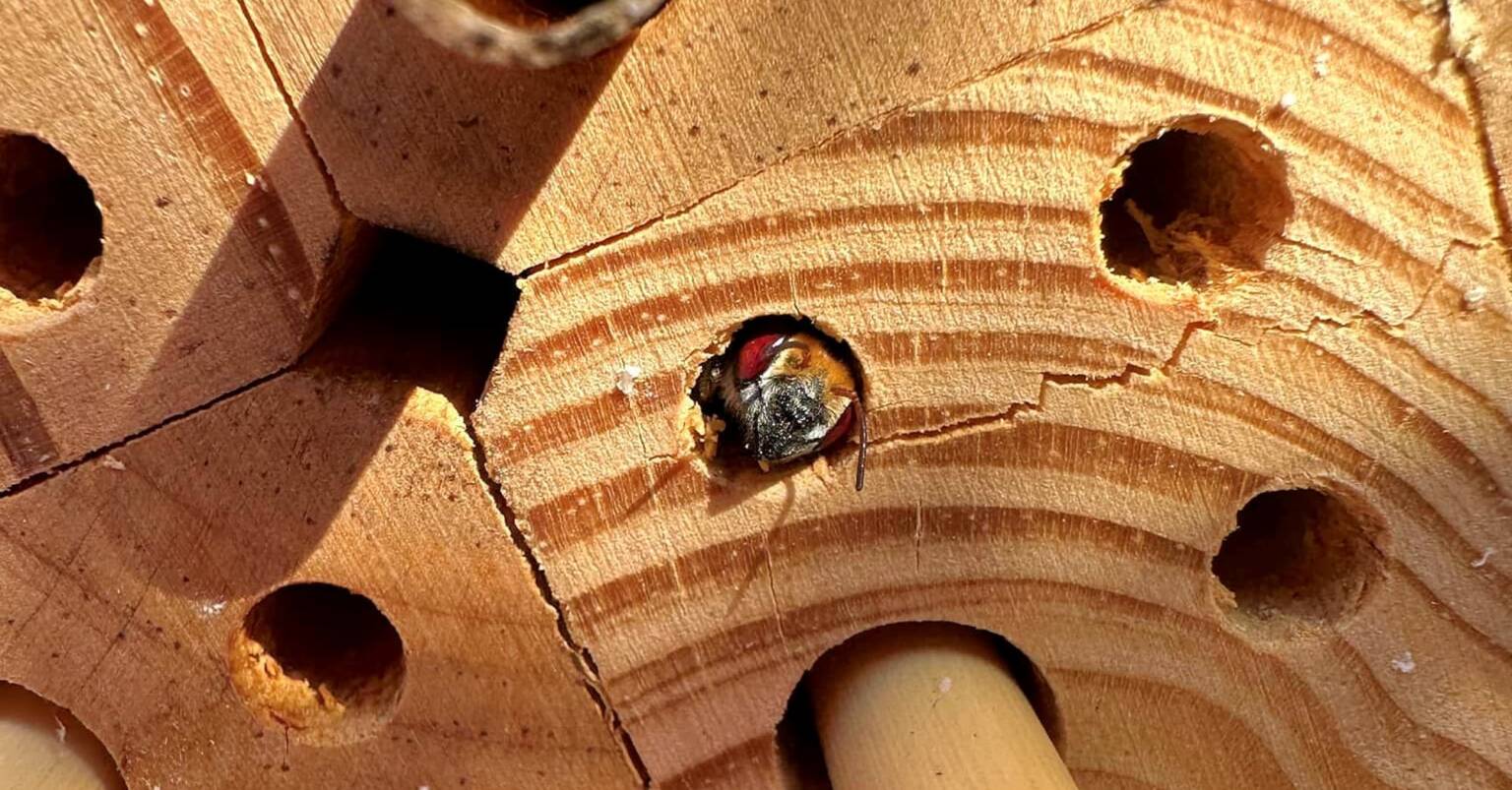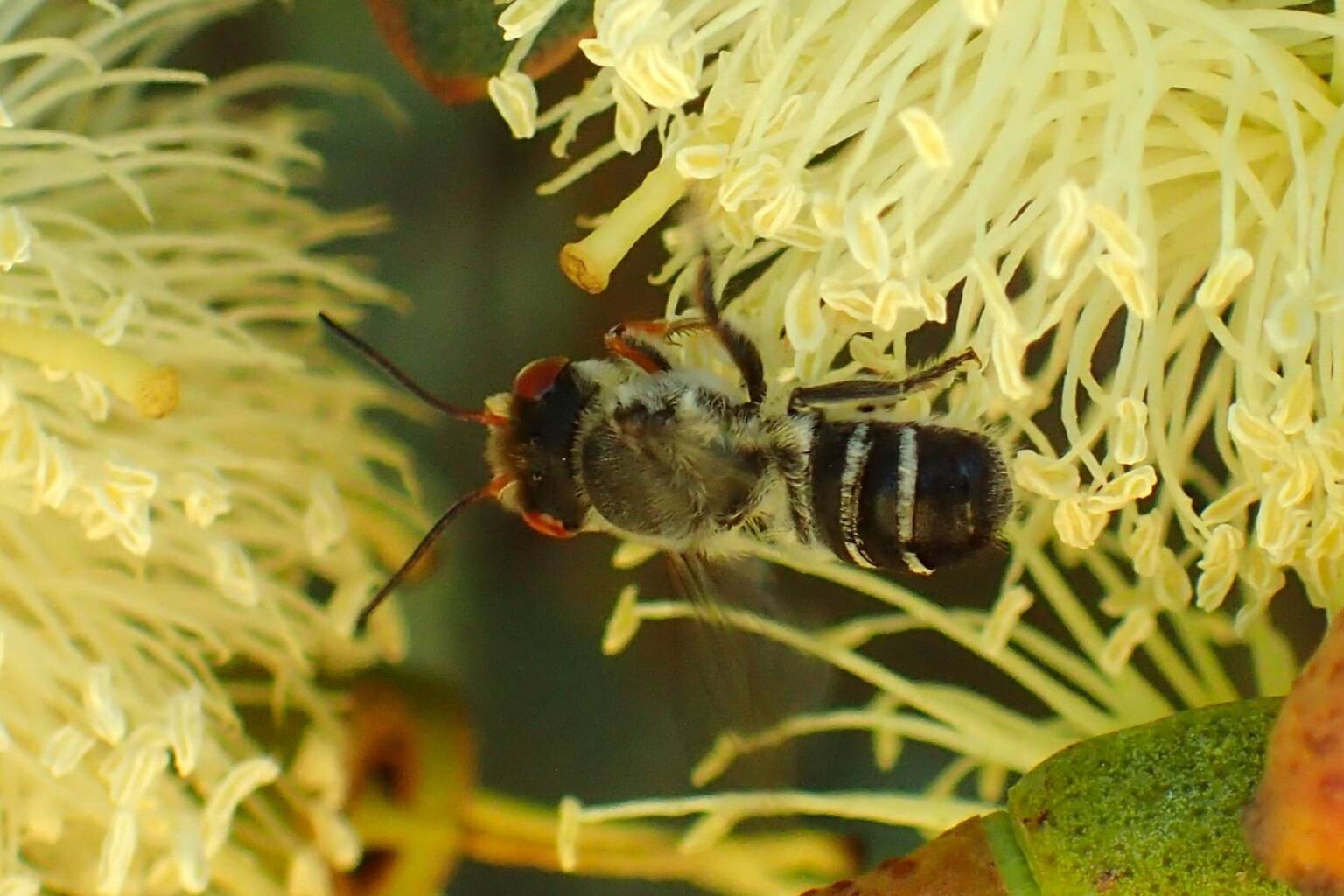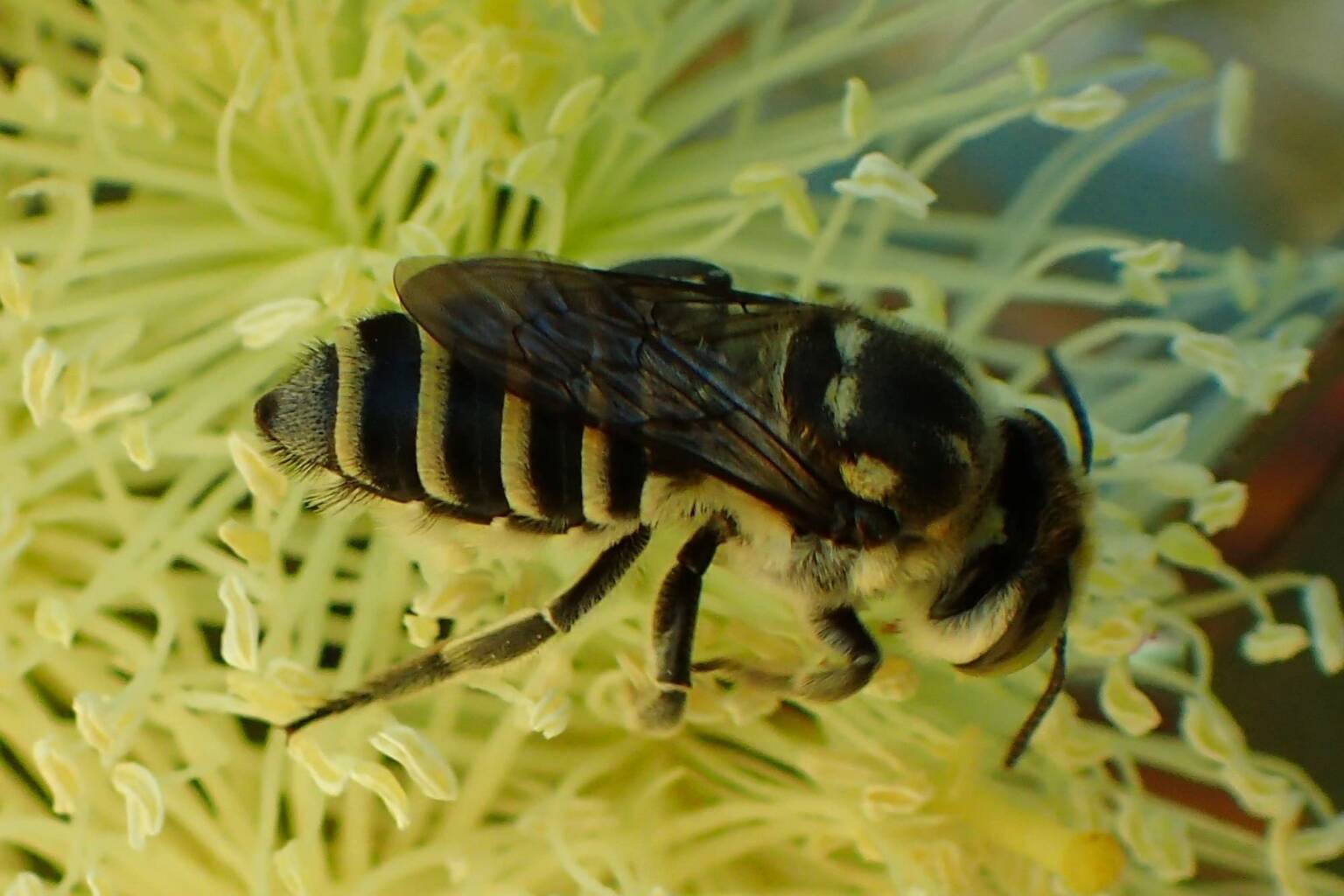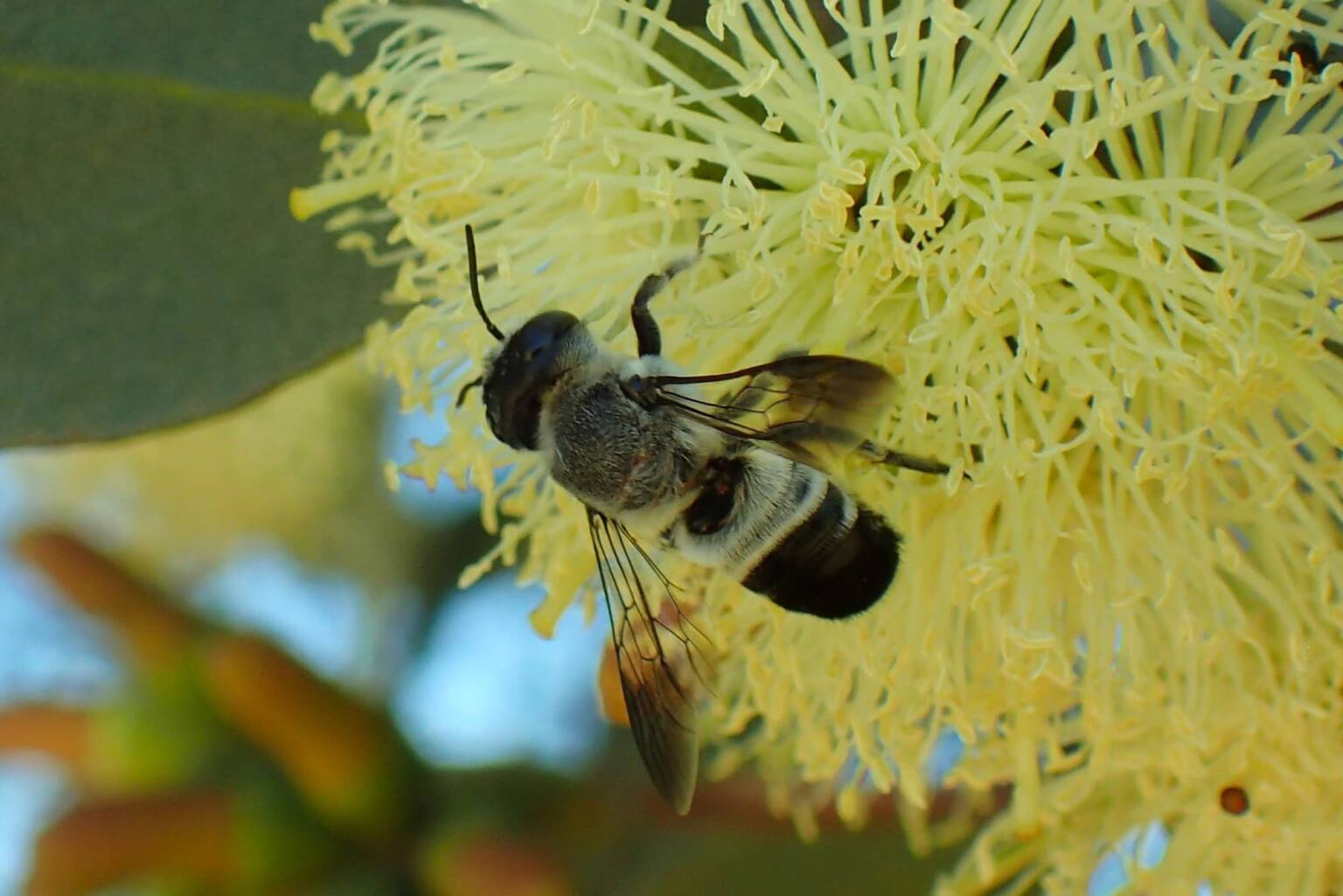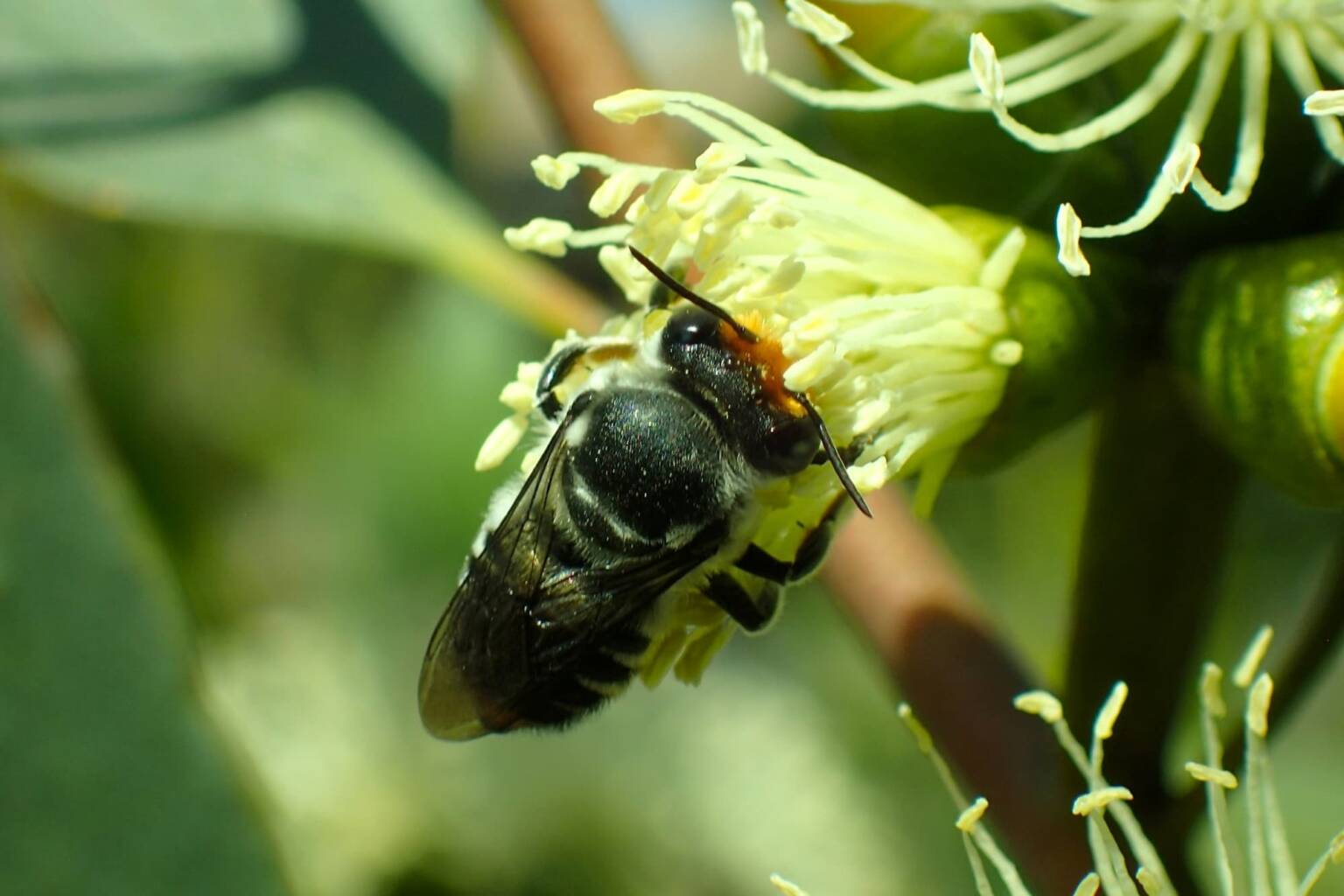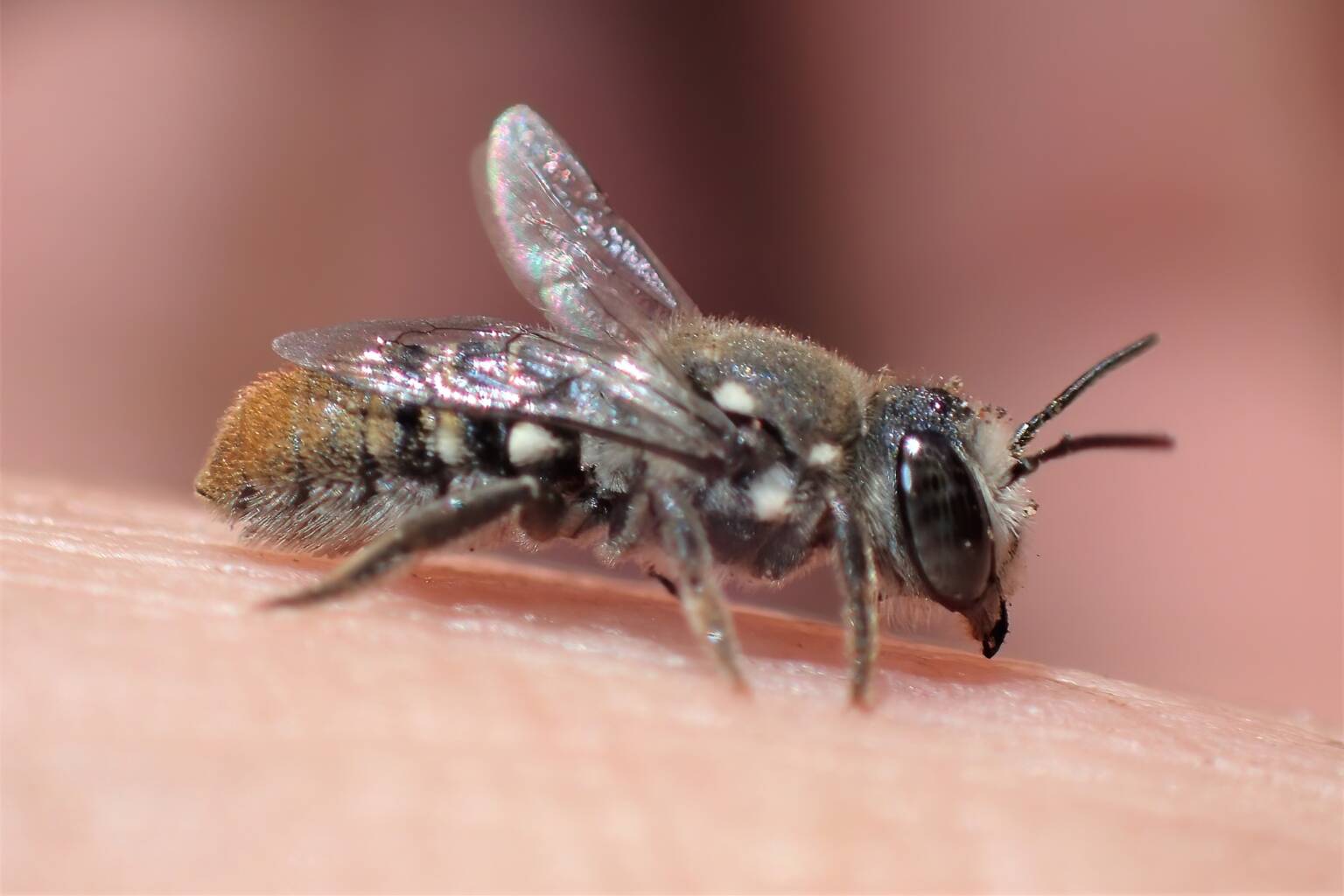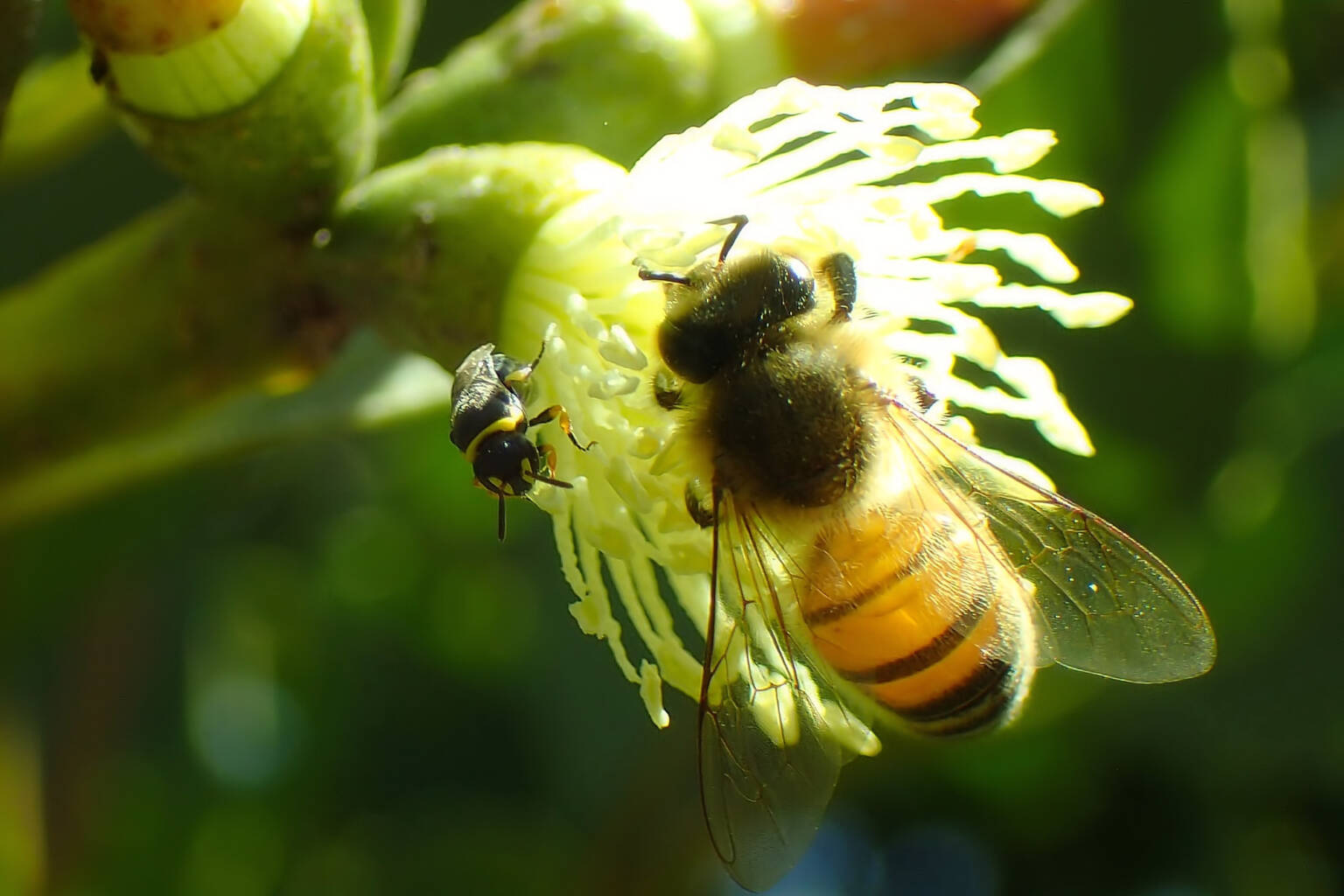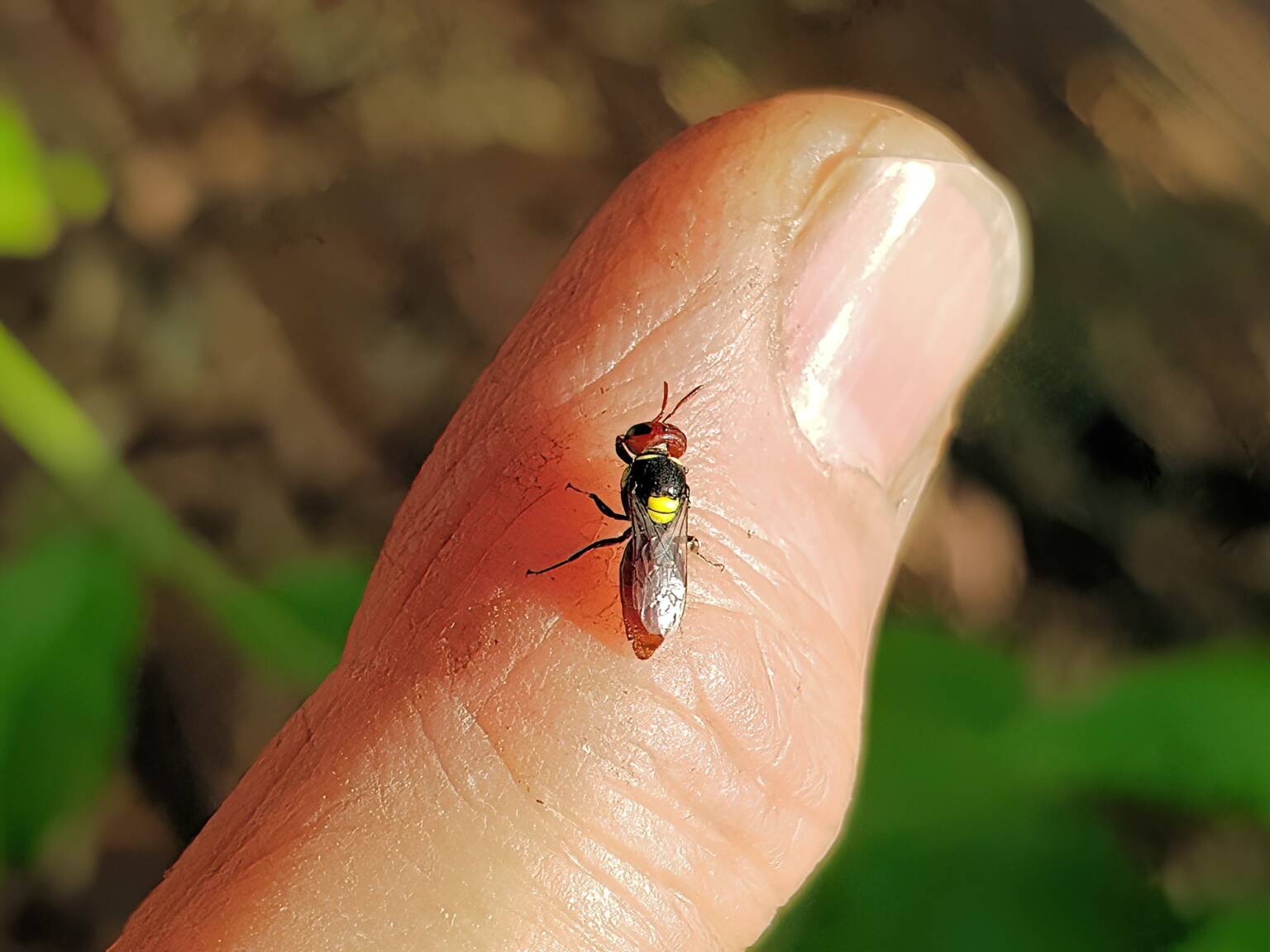Author Gary Taylor ◦ This little cutie is Hylaeus (Prosopisteron) “mysterium puella”, one of my first “unknown” species and the girl that not only drew me into the world of the smaller and lesser known native bees, but also taught…
Author Annette Fraser-Dunn ◦ OMG OMG OMG OMG OMG! My new bee hotel has a TENANT! I am a tad excited. My neighbour over the back fence called out because she thought I was having a seizure. I yelled back,…
Author Annette Fraser-Dunn ◦ Wow. It’s not all rainbows and unicorns and fluffy bunny slippers in Golden-browed Resin Bee society is it? At least not between two of my residents in Megachile Mansions. I was out there this morning and…
Author Gary Taylor ◦ And the flavour of the month goes to… Megachile aurifrons! Well done Fronsy! There’s been some great pics… I didn’t get any 😅 In the first pic she seems to have small eyes and a weirdly…
Author Gary Taylor ◦ As the platypus season comes to an end, I’m still putting matching socks together… metaphorically of course (and coming up with sentences no one in the world has ever spoken before… 😆). So first pic is…
Author Gary Taylor ◦ Six years… So I went back out for another go at getting a pic of the face of the big black Megachile (1st pic) I’d seen over the last few weeks but alas I fear her…
Author Gary Taylor ◦ I have previously seen the Megachile canifrons (a resin bee) popping the caps off Eucalyptus platypus flowers like champagne corks to get to the fresh new pollen and nectar within, but it was so fast I…
Author Gary Taylor ◦ Never have found out what these little ones are but this week has brought the annual emergence of the Megachile “asoc” bees (as I call ’em) in my BeeTown… I gotta point out here “asoc” is…
Author Gary Taylor ◦ So, kinda continuing on from my previous post of why European honey bees are detrimental to our gorgeous little native bees, well another reason is that a lot of our little natives truly are little… This…
Author Koh Lin ◦ The first line from that song popped into my head (I am showing my age now)… I had nothing to do on this hot afternoon… Well, that was not quite true… I was just taking a…


